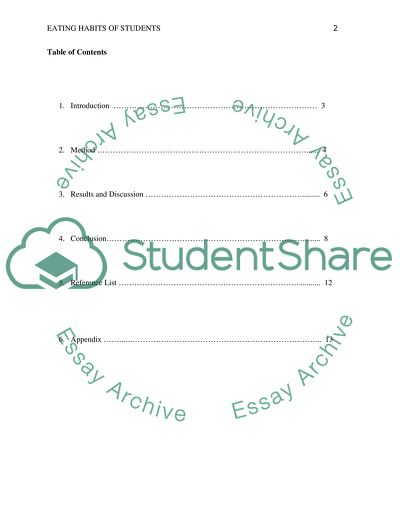Cite this document
(“The eating habits of students Essay Example | Topics and Well Written Essays - 1500 words”, n.d.)
Retrieved from https://studentshare.org/english/1594162-the-eating-habits-of-students
Retrieved from https://studentshare.org/english/1594162-the-eating-habits-of-students
(The Eating Habits of Students Essay Example | Topics and Well Written Essays - 1500 Words)
https://studentshare.org/english/1594162-the-eating-habits-of-students.
https://studentshare.org/english/1594162-the-eating-habits-of-students.
“The Eating Habits of Students Essay Example | Topics and Well Written Essays - 1500 Words”, n.d. https://studentshare.org/english/1594162-the-eating-habits-of-students.


